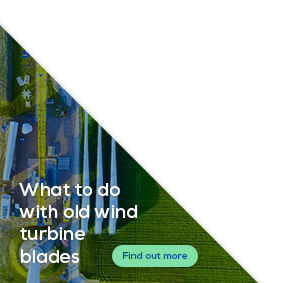Brussels Brief
Brussels Brief October 2016
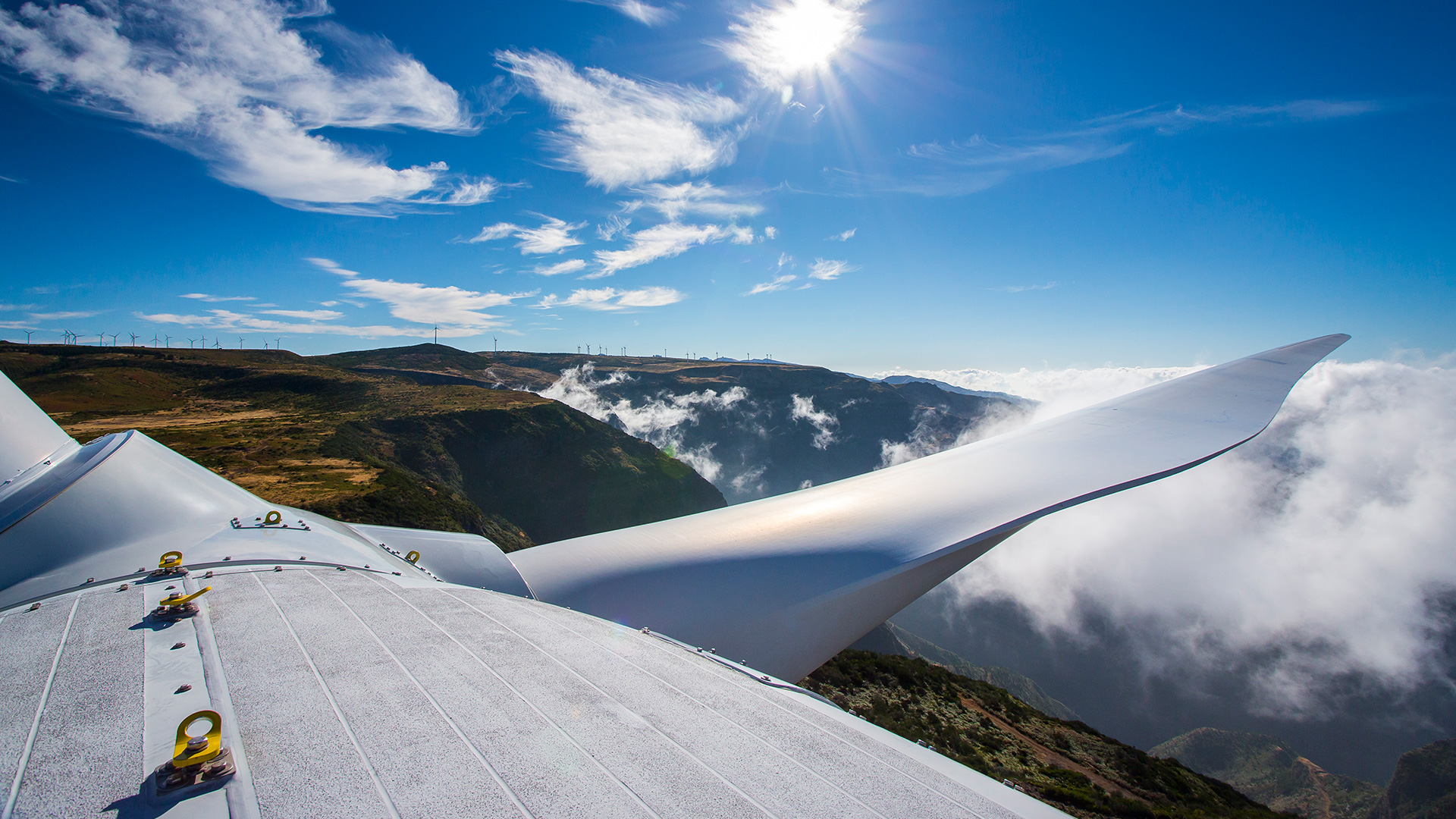
11 October 2016
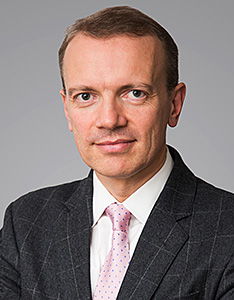
Giles Dickson
WindEurope Summit 2016: serving the industry
CEO foreword
The WindEurope Summit 2016 in Hamburg has come and gone – and was a success. We had over 1,700 participants and 300 speakers across more than 50 sessions.
We covered a wide range of issues: technology, cost reduction, government policy, energy markets, financing of wind investments public engagement … And we had some great speakers from industry, government, finance, academia and elsewhere. The feedback from participants has been positive.
To those of you who came, we would like to thank you on behalf of WindEurope and the Event Ambassadors, and we hope you got a lot out of it. To those of you who weren’t able to, can I recommend our new flagship report “Making Transition Work” which we issued at the event. It’s on our website along with a short video summarising the main messages. The conference proceedings are also available.
We were also able to use the event to support our advocacy and to take forward some important operational activity.
On the advocacy side, we pushed our messages on energy policy and electricity markets with German Vice-Chancellor Sigmar Gabriel, EU Commission Vice-President Maros Sefcovic and a number of other Ministers. And we got some encouraging feedback. Gabriel endorsed our messages on priority dispatch and the need for stable regulation and echoed them loudly to the Commission. We also launched an investor protection coalition that’s calling for the EU to make it harder for Member States to change support schemes retroactively – and pushing for a new EU dispute settlement mechanism. And we presented to the Commission the industry’s recommendations for the EU’s next calls for proposals for wind R&D spending.
On the more operational side, we held a meeting of our new Ports Platform which brings together those ports involved in offshore wind with the marine supply chain. And we launched the “WE engage” toolkit for public engagement which gives project developers the best practice on getting local communities on board with new wind investments.
The whole theme of the Summit was ‘Making Transition Work’. And the main messages were: – renewables are displacing fossil fuels; – but the immediate outlook for wind in Europe isn’t as good as it should be, because government policies are not right – and we don’t have the right electricity markets; – we need to sort out the policy and reform power markets and the EU’s forthcoming renewables package is a key opportunity to do this; – we also need to keep investing in innovation to reduce costs; and – we need to do more to electrify transport and heating to boost demand for renewables.
We made it clear that Europe has lost its global leadership in renewables and would only regain it if it ensured a vibrant home market for wind investments – by following the recommendations set out above.
The Summit ended with IEA Executive Director Fatih Birol addressing the gala dinner. He spoke of how both developed and emerging economies were now realising the business case for renewables – that they were no longer a “romantic story.” He congratulated the wind industry for having rescued costs “to incredible levels”. But he warned us not to be complacent about this – the quicker costs come down, the more policymakers will expect us to operate independently and without support.
We now look forward to our two main 2017 events: Offshore Wind Energy 2017 in London (6-8 June); and our annual event in Amsterdam (28-30 November). We look forward to seeing you there.
WindEurope flagship report
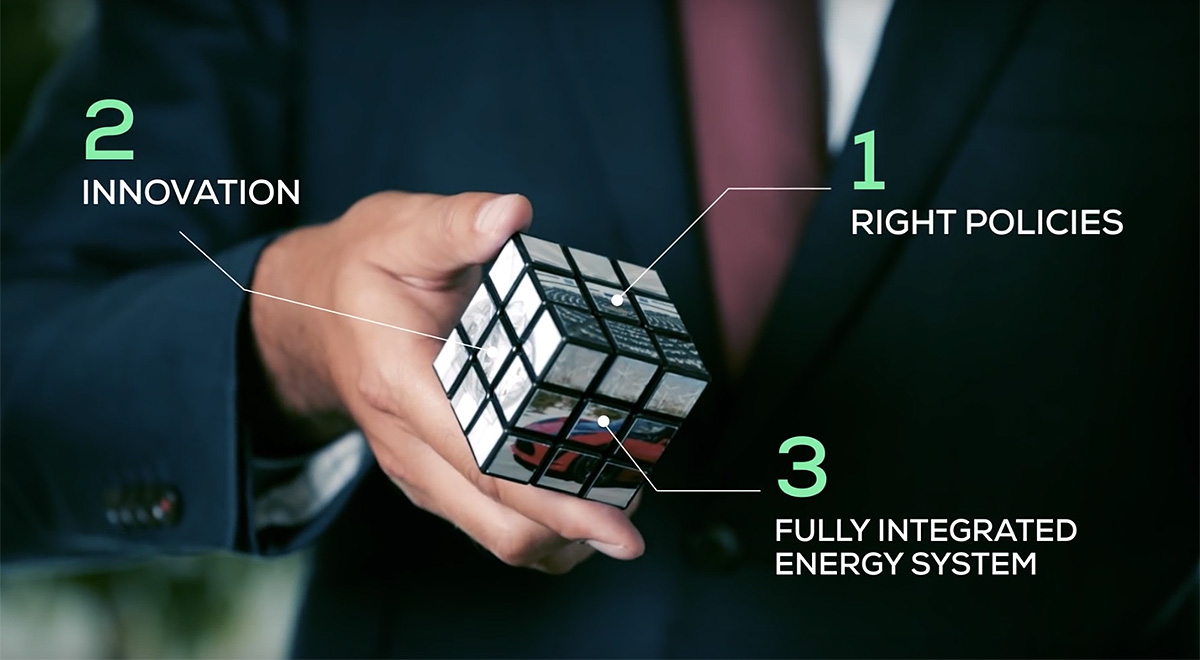
Making transition work
Last week WindEurope published its flagship report “Making Transition Work”. The report offers a guide to policy makers on how to drive a cost-effective energy transition for the wider economy and society. It shows how Europe can deliver decarbonisation and make the most of our global competitive advantage.
What does Europe need to continue leading in the global wind energy race? It needs basically three things: Ambitious policies, an integrated power system and innovative technology.
On the third one, today leading companies are providing integral solutions, from power production to full system and market integration. Wind power plants come today with complementary grid services for system security and stability. These new technological solutions enable wind generators to take a more active role in contributing to grid management, and progressively making the energy system less dependent on conventional generators, accelerating the transformation of the energy system.
Wind farms can now provide highly dynamic reactive power, needed to ensure voltage stability. In some cases, adding a STATCOM strengthens weak networks and helps to avoid cost-intensive network expansion. This has been done in East Frisia, Germany, at ENERCON’s foundry GZO where the operation of the electric smelting furnaces draws a lot of power from the relatively weak distribution grid. Instead of engaging in grid expansion, ENERCON’s STATCOM technology provides the necessary solution in a more cost effective manner.
Wind farms can also contribute to stabilising frequency through a control system allowing them to access the reserves and balancing market. This not only increases the revenue streams for operators, but most importantly, it enhances wind’s ability to provide services to national grid operators. In Spain, Acciona offered the first reserve wind power on a commercial basis this year and other pilot projects have already demonstrated the technical viability of wind farms providing frequency reserves in other countries as well. In Southern Italy, ENEL Green Power has recently unveiled a new Battery Energy Storage System connected to a medium-sized wind farm. The system is aimed at optimising balancing strategies and providing services to the grid. The wind farm operator uses advanced forecasting tools combined with the battery operation to increase the dispatch ability of energy.
Do you want to know more about how to make transition work through innovative technology?
Thank you on behalf of the Event Ambassadors
The future of wind in Europe
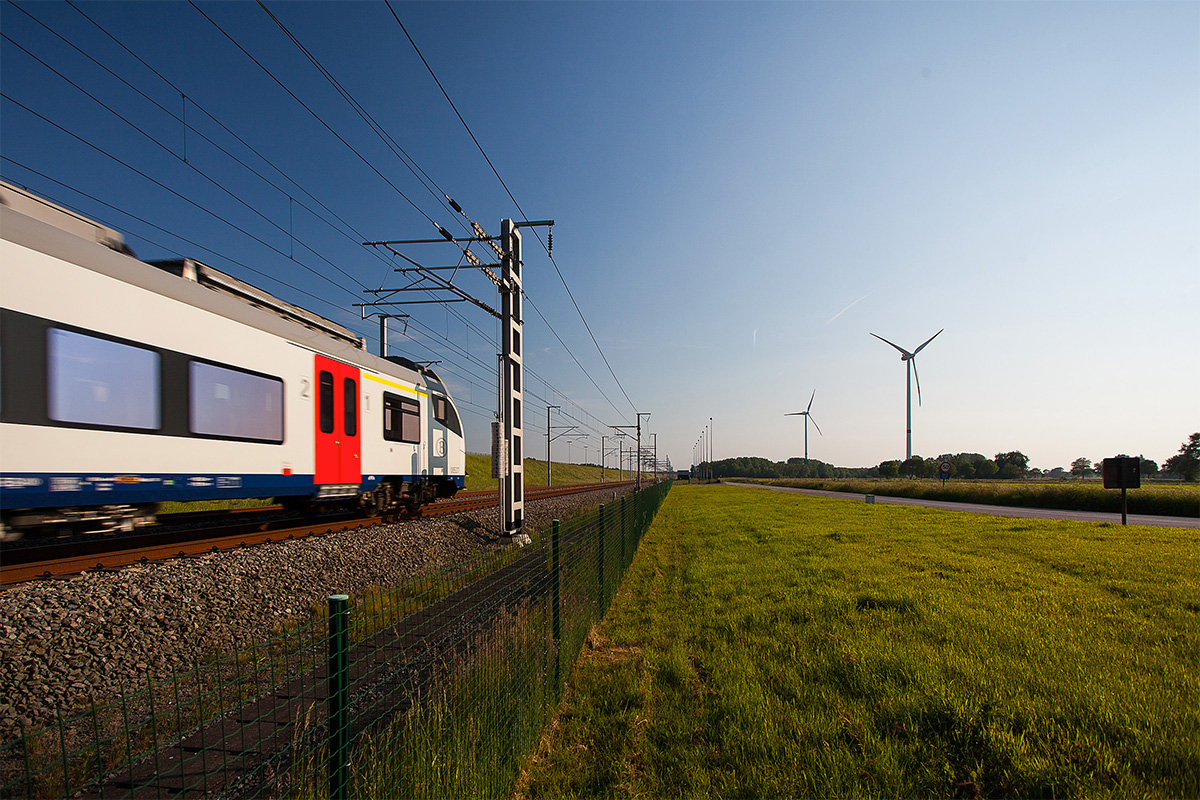
Can Europe catch up?
Europe had been pioneering renewables for decades. However, dithering European politicians may fail to reap the fruits from the development of the wind industry. To capitalise on the sector’s contribution to society, captains of industry passed on five key messages to EU and German policymakers at the WindEurope Summit 2016.
First, real change will only happen if the goals are challenging. The EU should therefore raise its target for renewables from 27% to at least 30% in gross final energy consumption by 2030. More ambition could buoy investments.
Second, the market has to adapt to manage large shares of variable renewables. 15 years ago, wind power supplied 1% of the EU’s electricity. In 2030, almost half of the Member States are set to have a wind share of over 20%. Europe would benefit from an upgraded market design that enables renewables to compete on par with conventional energy and modernised infrastructure allowing to trade power across the continent.
Third, research and innovation has been at the top of the wind industry’s agenda – and it will remain a priority. The focus now lies on two key areas: cost reduction and system integration.
Fourth, red tape still restrains the green economy and doubles the lead time of wind farms in some Member States. When it comes to licensing, governments have ample room for improvement to make the life of project developers easier.
Fifth, fully decarbonising the current electricity supply alone will not be enough to combat climate change. By electrifying transport, heating and cooling with renewables, Europe not only keeps fossil fuels in the ground but also counters the depressed wholesale prices with growing demand.
Ambition, innovation and integration let Europe catch up and make transition work.
EU projects highlights
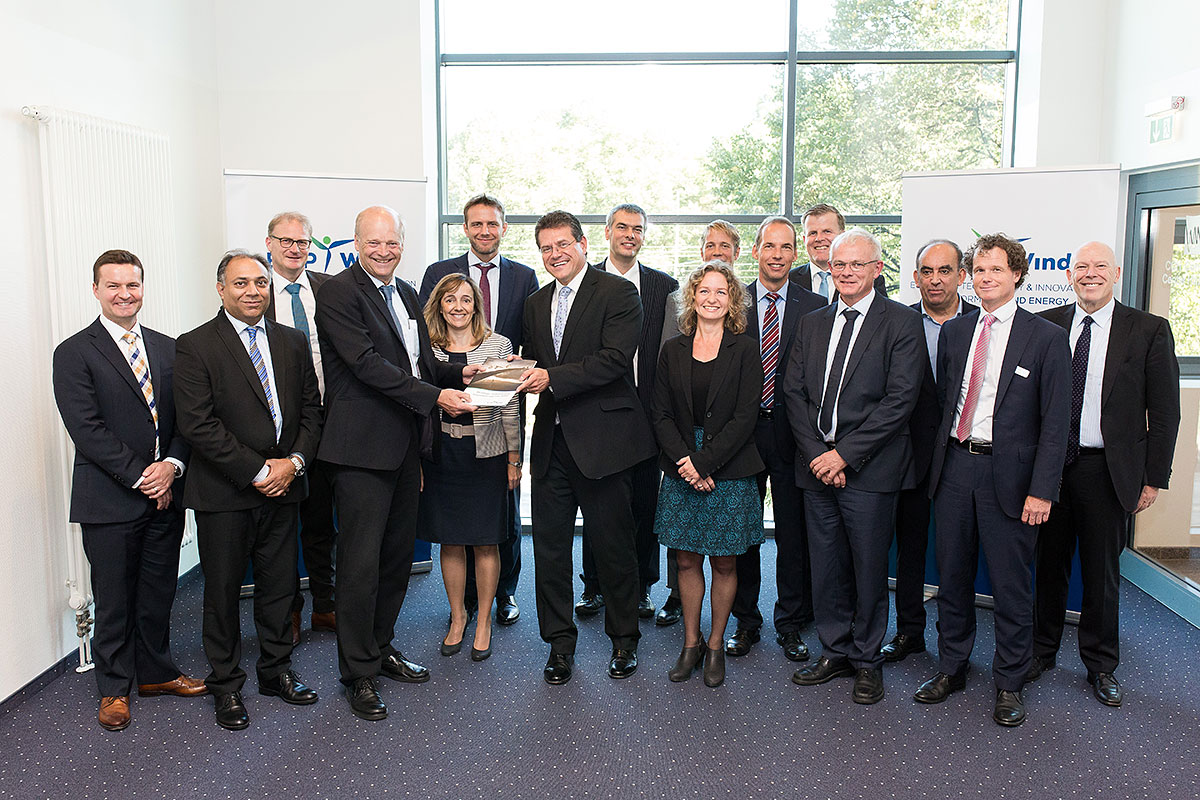
European Commission welcomes the wind energy community’s R&I priorities
On 27 September 2016, a united wind energy community handed over its Strategic Research and Innovation Agenda (SRIA) to the Vice President of the European Commission Maroš Šefčovič. The SRIA names the priority areas for research and innovation (R&I) in order to help Europe maintain its global leadership on wind energy.
Captains of industry and leading academics identified five potential breakthrough areas to further drive down the levelised cost of electricity (LCoE) in the short, medium and long term.
“European Technology and Innovation Platforms play an important role in building the Energy Union bottom-up, making our energy system fit for the future. I therefore welcome the ETIPWind’s Strategic Research and Innovation Agenda which enriches the public debate on how EU policies can transition our society to low-carbon.”
Maroš Šefčovič, Vice President of the European Commission, in charge of the Energy Union.
The work towards consolidating the research and innovation priorities in Europe continues. Next step will be to continue the dialogue between key decision-makers in political institutions and wind sector in order to coordinate research and innovation actions for the next Horizon 2020 Strategic Framework Programme.
ETIPWind encourages all stakeholders to take the SRIA into consideration both when dialoguing with national political decision-makers as well as when developing their internal R&I strategies and timelines.
Follow to lead: etipwind.eu
Yes, in my backyard!
The “Yes, in my backyard!” session presented various measures employed today by project developers to support and maximise social acceptance. The presentations focused on exploring engagement measures with local communities through case studies and real-life examples of successful approaches to social acceptance. One of the session’s conclusions was that carrying out more public participation measures from the very early stages of a project is associated with more positive reactions of residents. Sharing benefits with the local community is also one way of improving acceptance, a few examples of such measures include providing employment through the local supply chain and training opportunities, such as the set-up of apprenticeship schemes.
Finally, the session concluded with the announcement of the WISE Power Best Community Project Award that went to the community wind farm Südliche Ortenau, located in Germany.
For more information, visit wisepower-project.eu
Offshore wind farm lifecycle and supply chain: assessing local impacts
This session presented possible local impacts that the application of “lean” principles in the offshore wind farm lifecycle and supply chain can have on local environments and communities. Those impacts mainly referred to the environmental impacts of innovative foundation concepts that were evaluated through the LCA approach. The inputs used for the LCA was data collected from two existing sites (i.e. West Gabbard and Moray Firth). The ongoing case study “Port of Oostende” also illustrated provisional results on the role ports can play in a local community and the challenges and benefits of ports being part of the offshore wind supply chain. Finally, the session assessed the possible costs savings from the holistic economic model and the industry uptake of the innovation it produces.
In particular, the presentations showed that offshore wind farms bring positive impacts to the environment they are installed in (e.g. trawling exclusion, artificial reef effects and habitat enhancement). All kinds of foundations considered, though, i.e. fixed and floating sub-structures, may have adverse impacts. Nevertheless, they are expected to be recovered within the lifespan of the windfarm project.
Paybacks to the local community seem to be mainly brought by engagement and benefit sharing, which help increase the social acceptance of offshore wind farms. The examined case of Port of Oostende is showing that introducing offshore wind activities in a port can be beneficial to the local community also in terms of job creation and cluster effects. Diversification of skills is still an issue that needs more attention and action from service providers, and education and public authorities.
An LCA is being executed on the two existing sites of West Gabbard and Moray Firth, using two different softwares, i.e. GaBi6 and SimaPro v8. The analysis so far carried out is testing the impact of the gravity-based, jackets and monopile foundations installed in those sites. The conclusions reached at the current stage of the inquiry are that steel foundations perform better than the gravity-based ones in most of the examined categories. It has to be further searched on the gravity based impacts at the disposal stage.
The session concluded with the introduction of some financial models applicable to the installation, O&M and decommissioning phases of an offshore wind farm. The models result into: annual cash flow sheets; summary project finances; summary and detailed data for each project phase. The models can be of interest for a wide variety of stakeholders, such as project developers, vessel developers, investors, researchers.
The results presented in the session are being developed in the framework of the EU-funded LEANWIND project. For more information, please visit the project website.
From academic research to industrial applications – linking people, projects and ideas
After an introduction of the European Energy Research Alliance and the European Research & Innovation priorities recently launched by the Strategic Research & Innovation Agenda (SRIA) of ETIPWind, IRPWind presented its newly born Technology Transfer Platform, an instrument that allows research bodies and industry to match their technology offers and demands.
A match-making session allowed EERA representatives to broaden their network and discuss with industry representatives the most recent research findings in the wind energy sector. The audience had interesting discussions on how to improve the Platform in the next months.
For more information about the event, please contact [email protected].
Upcoming WindEurope events

- The European electricity market in the renewable future. A look into market design options post 2020.
20 October 2016, Brussels, Belgium. Registration is now open. - EU Projects – how to secure funding – webinar
- Wind Turbine Sound 2016
17 – 18 November 2016, Gdansk, Poland. Organised by the industry and for the industry, with an international scope and well established in the acoustic community, this workshop is unique in its category. Registration is now open. - Offshore Wind Energy 2017
06 – 08 June 2017, London, United Kingdom. - WindEurope Conference & Exhibition 2017
28 – 30 November 2017, Amsterdam, Netherlands.
Partner events
6th Solar & 15th Wind Integration Workshop in Wien
14-17 November 2016: Program & Registration now online!
Be part of the international grid integration community that will meet this year in November in Vienna, Austria, for the annual Solar & Wind Integration Workshops.
Participants from solar and wind generator manufacturers, universities and research institutes, system operators and utilities, and consulting companies will review and discuss recent advances in technology and exchange ideas on how to jointly tackle the challenges of the coming years.





